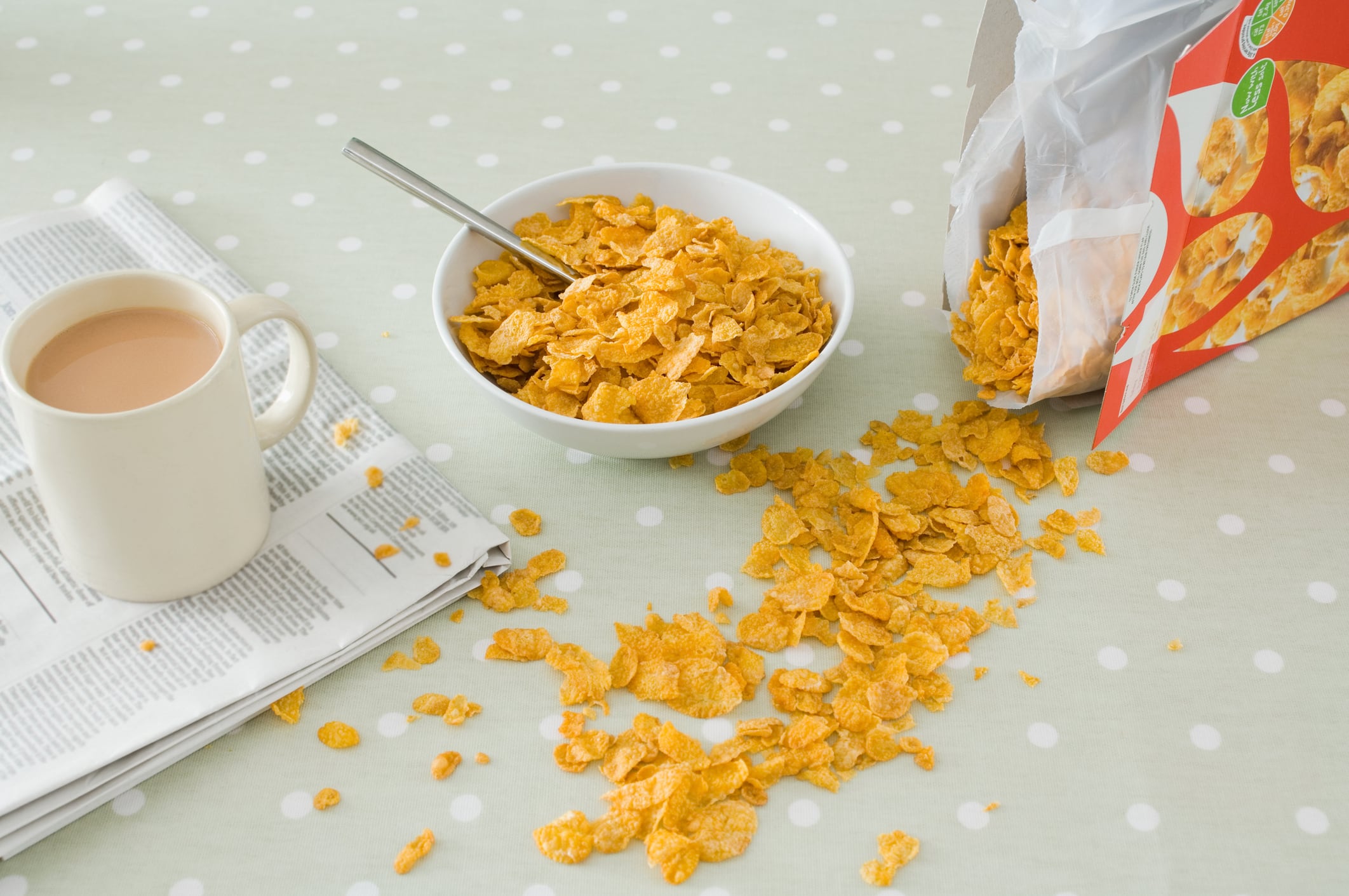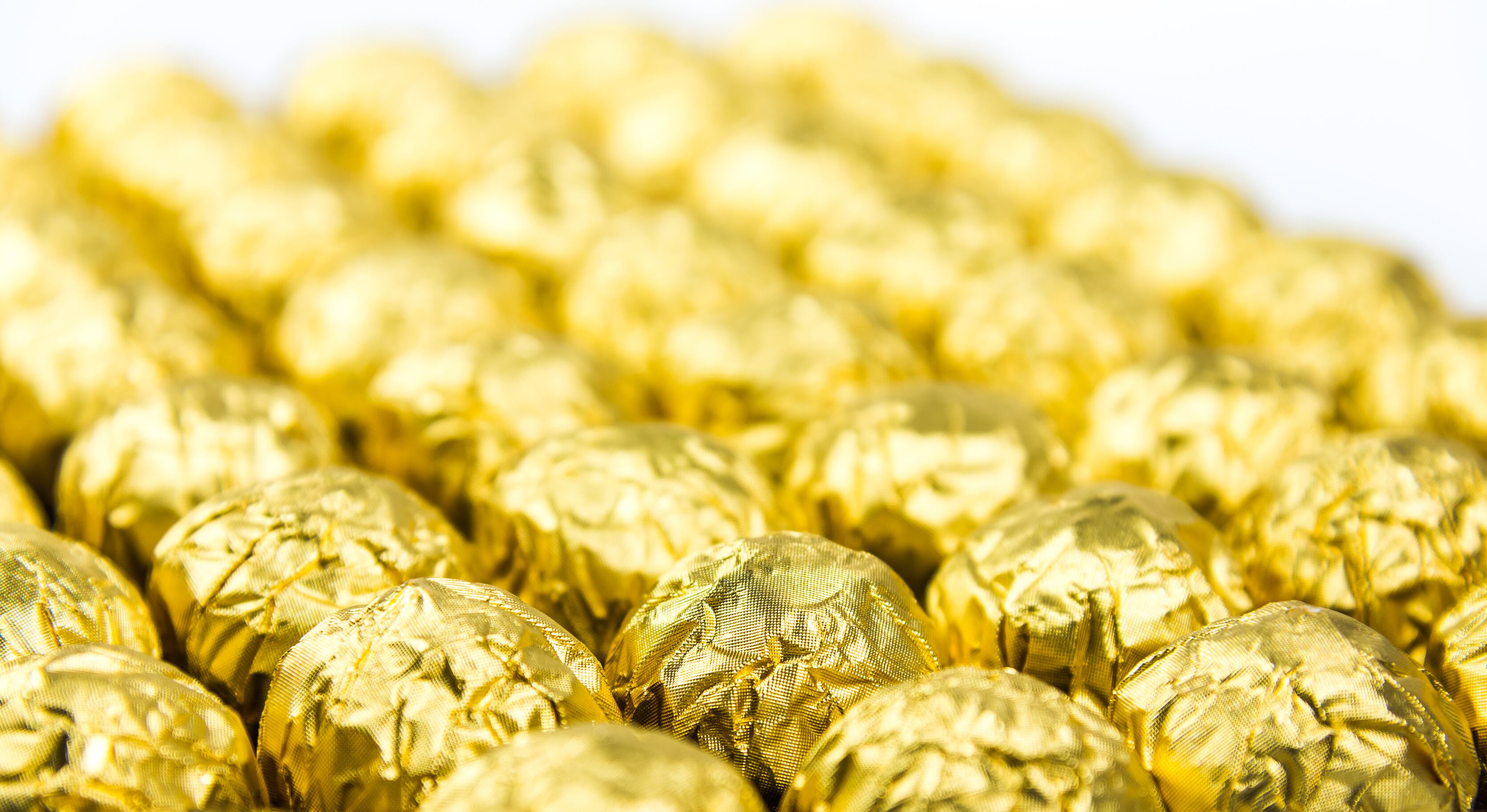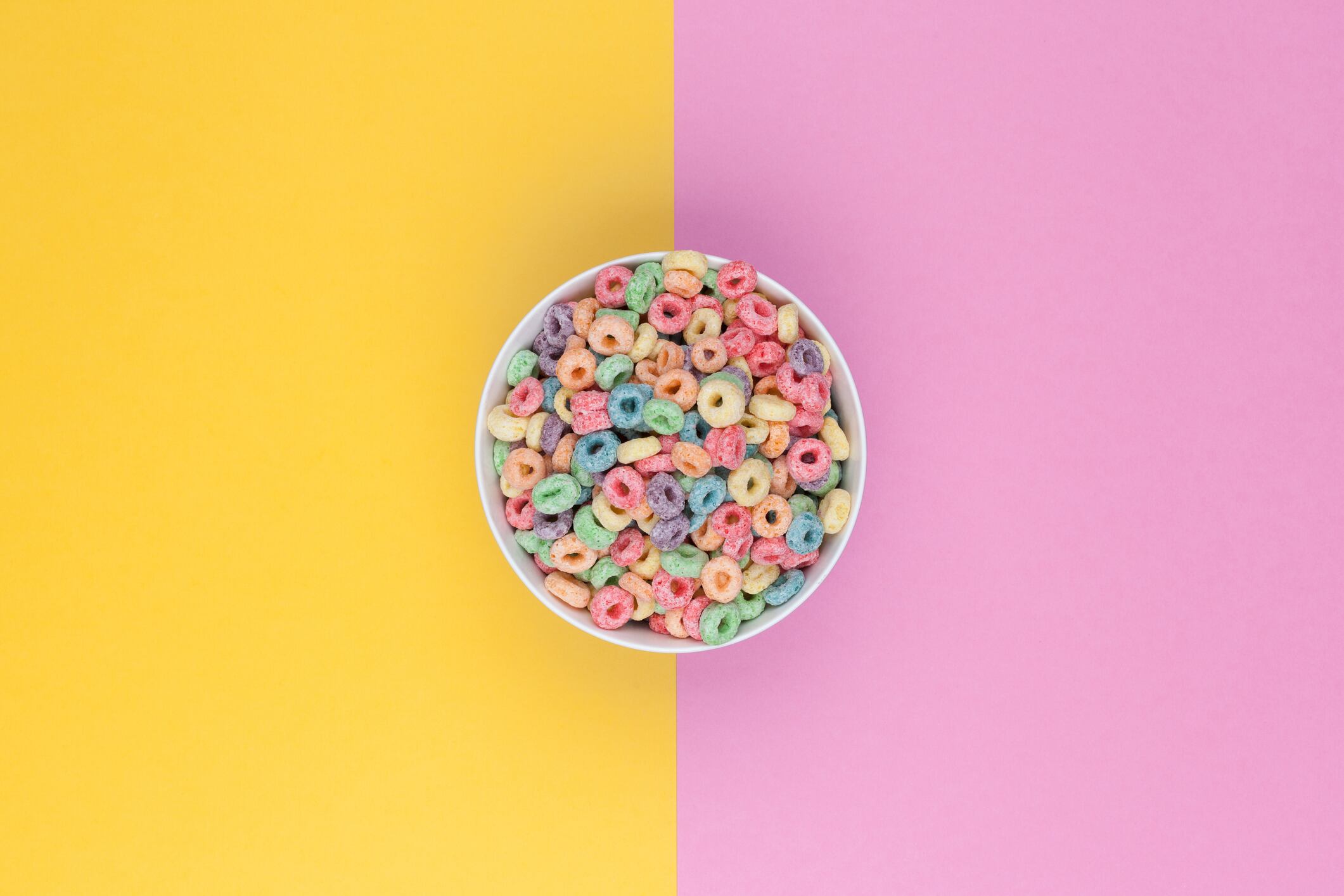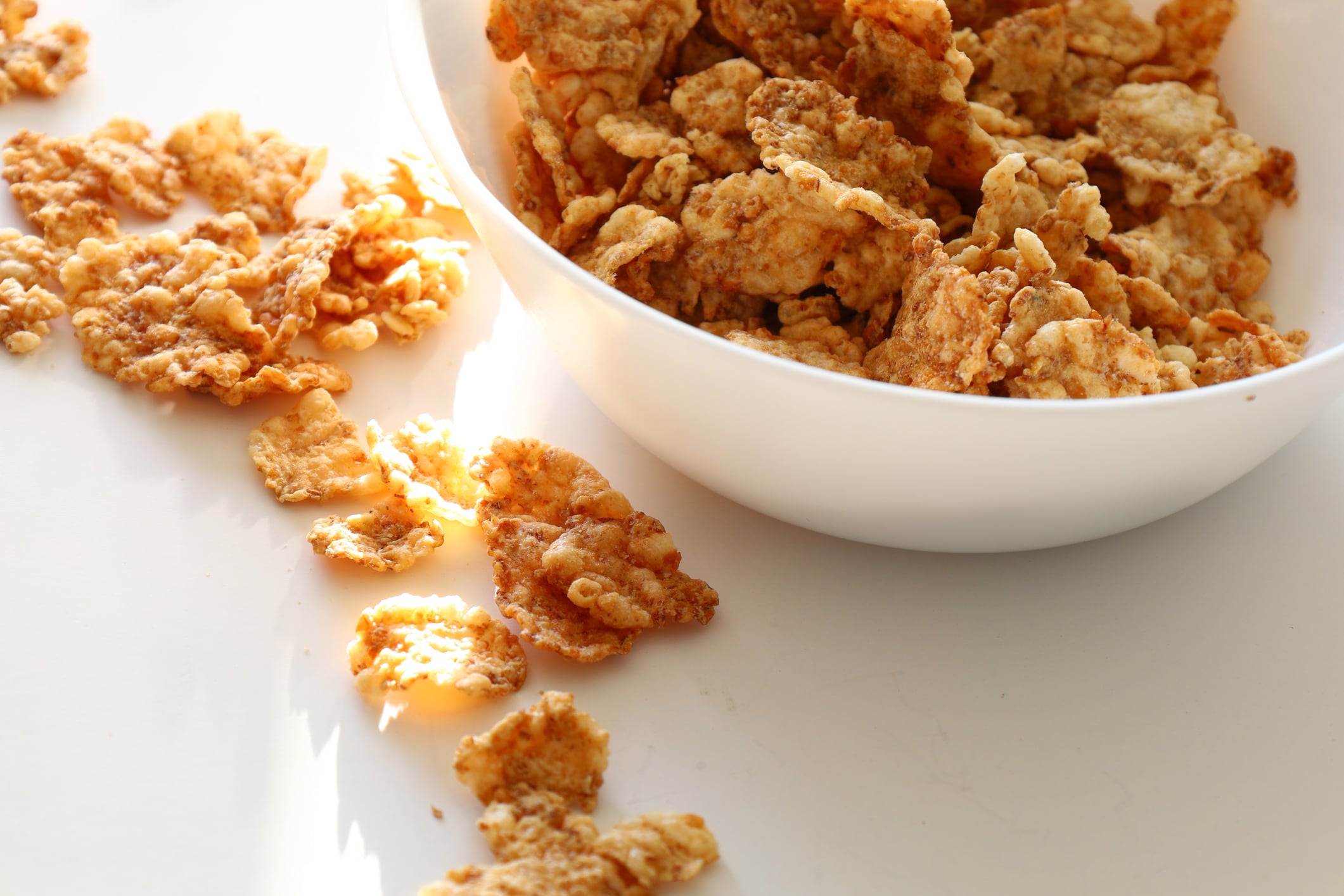Quick bites
- Cereal sales are falling globally, with WK Kellogg deep in debt
- Ferrero is buying WK Kellogg, aiming to revive brands like Froot Loops
- Gen Z is skipping cereal and breakfast more than older groups
- Health tweaks, bold flavours and innovation could bring cereal back
The breakfast cereal category has fallen on hard times. Across regions and age groups, fewer people are starting their day with a bowl of traditional cereal. There are signs everywhere, but one of the strongest comes from WK Kellogg in North America, which is currently facing half a billion dollars in debt.
Now, with Ferrero Group announcing its acquisition of WK Kellogg and its portfolio of iconic brands including Froot Loops and Special K, the question is whether Ferrero can rescue breakfast.
Traditional breakfast cereals: A failing category
Fewer consumers are eating traditional boxed cereals for breakfast. In the UK, unit sales of boxed cereals are down 2% year-on-year, according to Circana. In a country of porridge-loving Brits, even that breakfast staple is down 1.5%.
The US shows a similar trend, with annual cereal consumption falling sharply from 2.1m tonnes in 2008 to 1.6m tonnes in 2023.
The reasons vary, from consumers skipping breakfast, to choosing more convenient options like smoothies or high-protein bars. Affordability also plays a role, with tighter household budgets and rising prices, explains Sam Fryers, research analyst at Mintel.

Traditional breakfast cereals are struggling to resonate with Gen Z consumers. Fresh data from YouGov shows that just over a quarter of Gen Z consumers in the US regularly eat cold cereal for breakfast, compared to more than a third of the general population. Notably, a significantly higher proportion of Gen Z skip breakfast altogether – 28% versus the national average of 17.5%.
The data suggests Ferrero will need to draw in younger consumers to turn the tide on traditional breakfast cereal consumption. Capturing younger consumers is “critical” to long-term growth for WK Kellogg’s portfolio, believe analysts at YouGov.
So what has Ferrero got planned? How does the confectionery giant plan to revitalise a struggling category?
How will Ferrero turn WK Kellogg around? What we know so far
Ferrero is quietly confident it can steer WK Kellogg in the right direction. It’s not the first time the company has breathed new life into a struggling business. “Ferrero has a proven track record of acquiring, investing in and growing iconic brands,” explains a Ferrero spokesperson.
“We have successfully revitalised and expanded multiple businesses through brand optimisation, operational focus and strategic investment.”
This is what the confectionery giant has planned for its soon-to-be acquired cereal portfolio. “We will continue applying our successful approach to brand building when making strategic decisions about the WK Kellogg portfolio,” we’re told.

The key question now is one of innovation. If traditional breakfast cereals are struggling to hit the mark with consumers, can new varieties, formats or eating occasions help revive the category?
It’s too early to say what the company is planning on a product level, says the Ferrero spokesperson. But we can confirm Ferrero is excited about being able to “serve consumers across more occasions throughout the day”. No drastic changes or Ferrero-Kellogg brand collaborations should be expected in the short term, since until the deal closes later this year, the two companies will continue to operate as separate entities.
If Ferrero were to double down on innovation to reignite excitement in breakfast cereal, how should it go about it? What’s winning in breakfast cereal?
3 ways cereal brands can win at breakfast
A least three levers can be pulled to bring consumers back, or attract new shoppers, to breakfast cereals.
The first is around health. A large majority of cereal users are trying to eat healthy cereals, and more than two-thirds want details of health benefits on-pack, according to Mintel’s Fryers.
The issue is, it’s not always easy for products making health claims to stand out on-shelf. Products in aisles and on-pack information often fail to catch shoppers’ attention, the analyst explains. “The prevalence of such claims is a key factor. This puts the onus on brands that wish to own this USP to distinguish themselves with unique propositions and clear on-pack and point-of-sale communication.”

Another way brands can win in cereal is by offering new flavours. Gen Z consumers in particular, who understand how impactful flavour and colour can be in a social media landscape, are particularly keen on these kinds of offerings. Launching entirely new products or flavours, especially those that tap into indulgent or health trends, can drive excitement and attract new users, says Fryers.
And if brands collaborate with consumers on innovation, they could hit the jackpot. “Engaging consumers directly about new flavours appeals widely to younger audiences and has proven successful in various food and drink categories,” we’re told. “Beyond gauging the interest in a new flavour, inviting consumer input can strengthen ties with a brand, generate valuable publicity, and provide insight into flavours or ingredients for future NPD.”
Finally, reformulating existing products to be healthier can appeal to consumers. It’s a smart way of leveraging existing brand equity, explains the analyst. Whether reformulation efforts focus on reducing sugar, adding protein or fibre, or all of the above, most cereals eaters say that knowing their favourite cereal brand has made its products healthier, would be appealing.
WK Kellogg already has fibre-rich cereal brands in its portfolio, such as Special K and Raisin Bran, but there is room to reformulate other, sweeter offerings with health-conscious consumers in mind.
Whether Ferrero can breathe new life into WK Kellogg and the broader cereal category remains to be seen. But if it succeeds, both reformulation and innovation are likely to be key ingredients in that success story.




